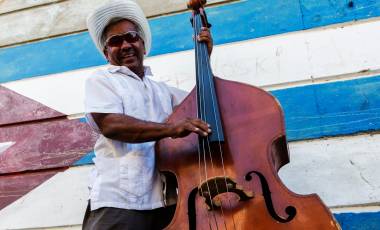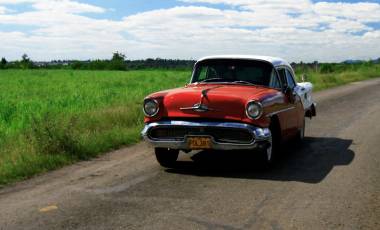Originally founded in southern Cuba in 1514, the town of Havana was moved to its current location next to what was called Puerto de Carenas (“Careening Bay”) in 1519. Properly known as San Cristobal de la Habana, the city thrived as a trading port thanks to this natural bay.
In 2019, Havana will celebrate 500 years on the map, so it’s a great time to look back over the city’s storied history.
For centuries, Cuba has been a center of cultural influence in the Americas. Known as “the Key to the New World,” the island served as a crossroads for explorers, buccaneers, colonial powers (Spain and Britain), indigenous people, entertainers, and exiles.
Many people, both past, and present have come to Havana because of the city’s distinctive pizzazz. It’s got prime coastal real estate. Over the centuries, it’s been a hub of political activity, of lawlessness, and of hospitality. A stay there promises experiences intrinsically unlike any other place in the world.
Now, the city (and Cuba itself) is once again immersed in transition. The U.S. embargo teeters. Cuba is without a Castro in power for the first time in over half a century. At 500 years old, Havana has the promise of change on the horizon. But, that doesn’t mean visitors shouldn’t appreciate what’s already there now.
No matter what happens, there’s no doubt Havana will continue to provide a tremendous experience for visitors. This is a place that’s haunted with history and thumping with life. Here’s a look at our picks for the top 10 things to do in Havana.
1. Check Out Vintage American Cars
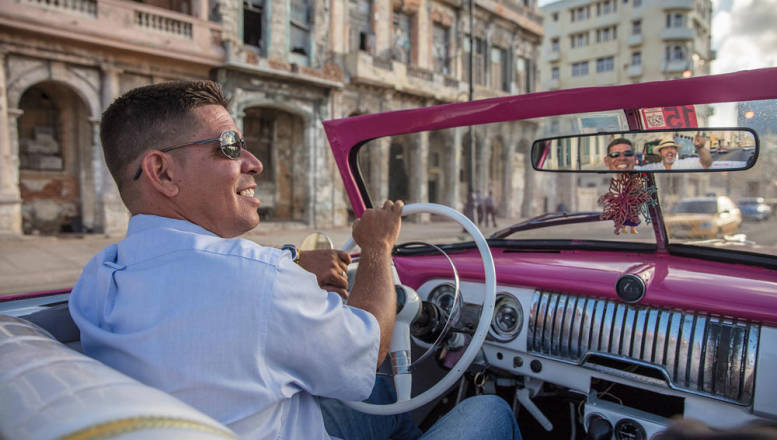
Cuba is famously replete with vintage American cars, which local owners have kept in remarkably good condition for decades.
Due to Fidel Castro’s complete ban on foreign car imports, new vehicles have been few and far between in Havana. The upside is that these restrictions have left the roads of Havana looking something like a museum of classic American automobiles.
Vintage Oldsmobiles, Chevys, Fords, Plymouths, and Buicks cruise the city in everyday mundanity. But for visitors, the reality is that they make Havana feel like a vintage car show. Each stoplight is exciting, especially if you’re lucky enough to ride in one of these whales.
2. Sample Watering Holes for the Famous
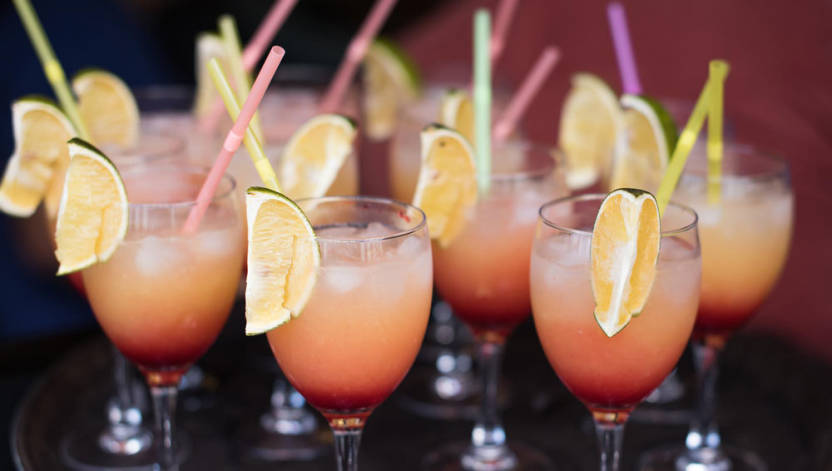
Havana was once a premier Caribbean hang-out for celebrities looking to get tipsy.
During prohibition, big-name folks like John Wayne and Clark Gable used to come to the city in search of legal libations. They frequented an aptly named spot, Sloppy Joe’s, which is still around today.
Iconic author Ernest Hemingway also made Havana his home for some time, specifically when writing For Whom the Bell Tolls. Just a short stumble from his usual hotel room in Hotel Ambos Mundos, it’s possible to get Hemingway’s favorite drinks at his favorite bars- a mojito at La Bodeguita del Medio and a daiquiri at Floridita.
3. Explore Havana Vieja
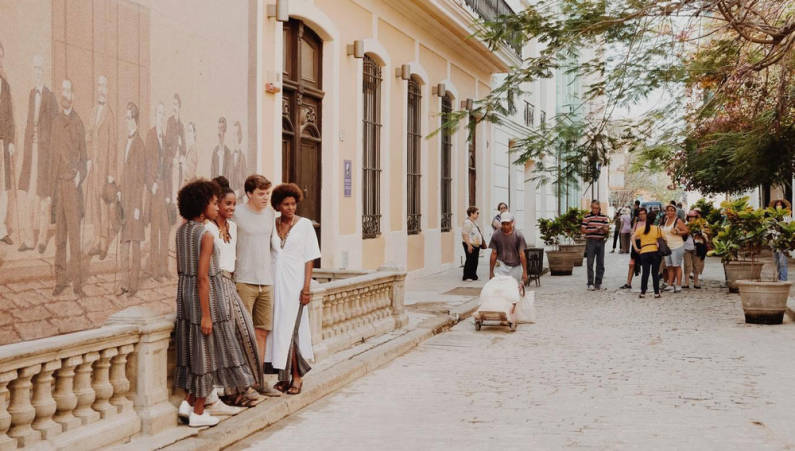
Nothing validates the awesome history of a city quite so convincingly as a UNESCO World Heritage Site designation, and Old Havana has that. The city was founded right along the waterfront by the Spanish in 1519. So many of its existing buildings date back to the baroque and neoclassical periods.
In layperson’s terms, the colonial-era architecture and weathered buildings of Old Havana are really something to see. They have the grandiosity of those you’ll find in European cities (see: beautiful balconies, arcades, wrought iron, and statuary), mixed with the flare of the Caribbean color palette.
4. Ponder the Finer Things
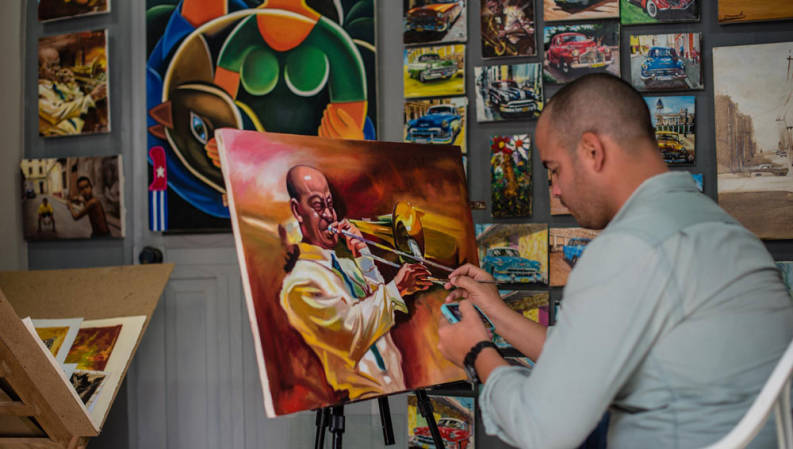
In a country so politically charged as Cuba has been for the last 50+ years, the art can’t help but be provocative.
For those who are into museums, the Museo Nacional de Bellas Artes is a must-see in Havana. It’s also worth a visit for those interested in seeing different views of the country and its capital.
Home to the largest collection of Cuban art in the world, the Bellas Artes Museum offers a unique perspective of Cuban life through the eyes of its artists. Works are displayed in chronological order to provide a deep dive into the country’s beauty and history.
The museum offers two locations. Both are great, but if time is a factor, the Arte Cubano is the choice to make.
5. Get into the Tobacco Business
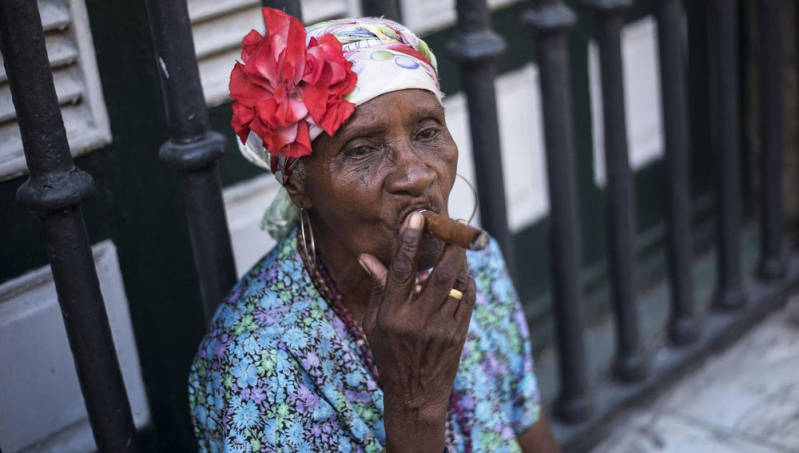
Cuban cigars are world-renowned. Regardless of whether or not you find puffing a stogy of interest, touring a local cigar factory is pretty awesome. It’s fascinating to learn about the process of making cigars and seeing it being done by hand.
There are two major cigar factories worth visiting in Havana. One is the joint Romeo y Julieta/H. Upmann Factory, where well-known brands (including Cohiba) are formed by hand.
The extremely old Partagás Factory is very grand and has traditionally been the most popular spot for tourists.
6. Witness the Revolutionary Museum
The Museum of the Revolution is housed in a remarkable building. It was originally designed for the provincial government, was finished in the 1920s as the presidential palace, and now functions as a museum.
In other words, the building itself is full of interesting stories and was a site of revolutionary acts. As for what artifacts can be found inside it, the list is long and, for some, of great interest.
There are belongings of the iconic Che Guevaro. There is plenty of weaponry and other relics from the 20th-century Cuban revolution. There is even the Gramma Memorial, which is literally the boat that Fidel Castro and 81 other guerillas used to get from Mexico to Cuba.
One of the highlights guest love about International Expeditions’ Custom Cuba adventures is the chance to explore the countries culture and history through the eyes of its artists in the Havana Fine Arts Museum.
7. Fiesta on the Malecón
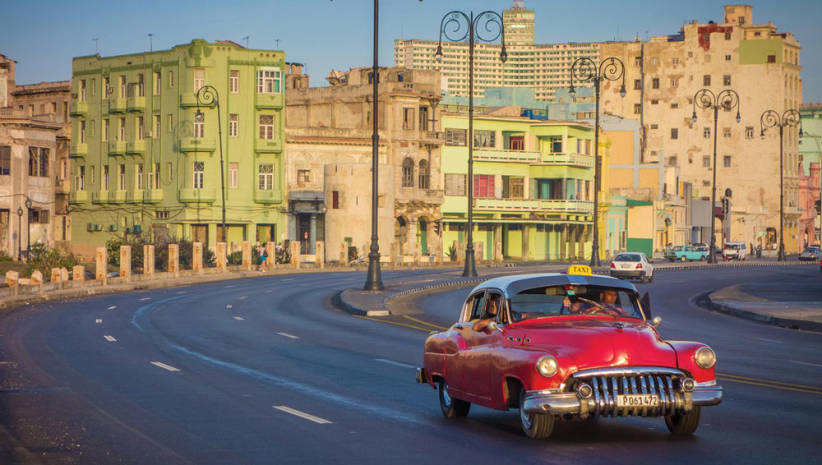
Formally known as Avenida de Maceo, the Malecón (a bayfront road/walkway) stretches five miles along the coastline of Havana.
Starting at the Havana Harbor, it moves through Old Havana, crosses along the north end of Centro Havana, and ends up in the neighborhood of Vedado. The Malecón includes a roadway, seawall, and wide esplanade for pedestrians.
In Havana, this is an extremely popular spot for all sorts of people, including lovers, families, revelers, and fishermen alike. The most active part of the street is where it meets 23rd Street in Vedado, a rather modern part of the city that is bustling with nightlife options.
8. Center Yourself in Central Park
Havana’s Central Park is lovely and shaded, with plenty around to see. There’s the Gran Teatro de La Habana theater, fancy hotels, Telegraph, and the Inglaterra, amongst others.
This is a fantastic spot to get out of the sun, take a rest, and people (or car) watch.
At the center of the park is a statue of José Martí, a national hero and literary icon, which is surrounded by over two dozen royal palms. There are also book sales, horse-drawn carriages, and lots of artwork around.
9. Dance the Night Away

By and large, Cubans are excellent and enthusiastic dancers, and the salsa isn’t the only show in town. There’s the also the rumba, the cha-cha-cha, the mambo, and many more.
Even for those who aren’t already proficient in shaking their groove thing, taking Cuban dance classes can be a really fun experience.
Once you have the basic steps down, it’ll be time to hit the clubs. Casa de la Musica offers matinee performances starting at 6:00 pm. The legendary Buena Vista Social Club is still alive and kicking. Jardines del 1830 also has a fantastic space, and El Sauce is the largest music/dance venue Havana has to offer.
10. Shop the Markets
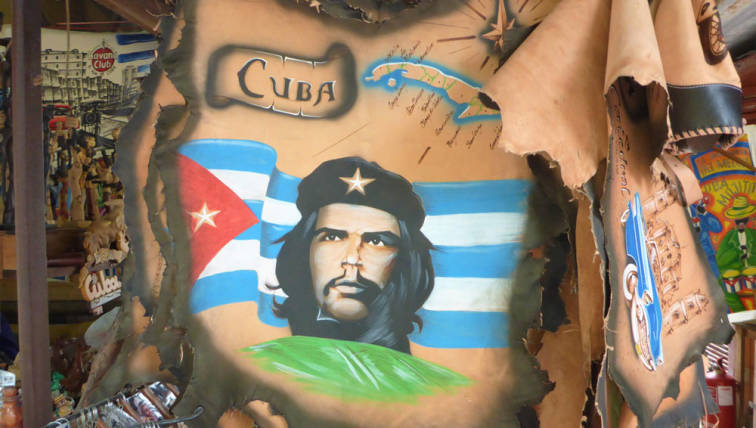
Cuba has some great markets, some of which are uniquely Cuban. For example, in a country with a literacy rate of over 99%, it’s no wonder that there’s an absolutely amazing secondhand book market in the Plaza de Armas in Old Havana.
Additionally, there are a lot of locally-made arts and crafts that make great souvenirs. Almacenes San José Artisans Market is a massive, two-story, covered outdoor market that offers lots of paintings and handicrafts.
On the upper end of the budgetary scale, Galerías de Paseo is a great spot for more luxury items.
Havana has been a hotbed of activity for half a millennium now, and it shows no sign of slowing down anytime soon. Hopefully, we can all find a way get there soon so that we can see this classic Caribbean city for what it is at 500.


